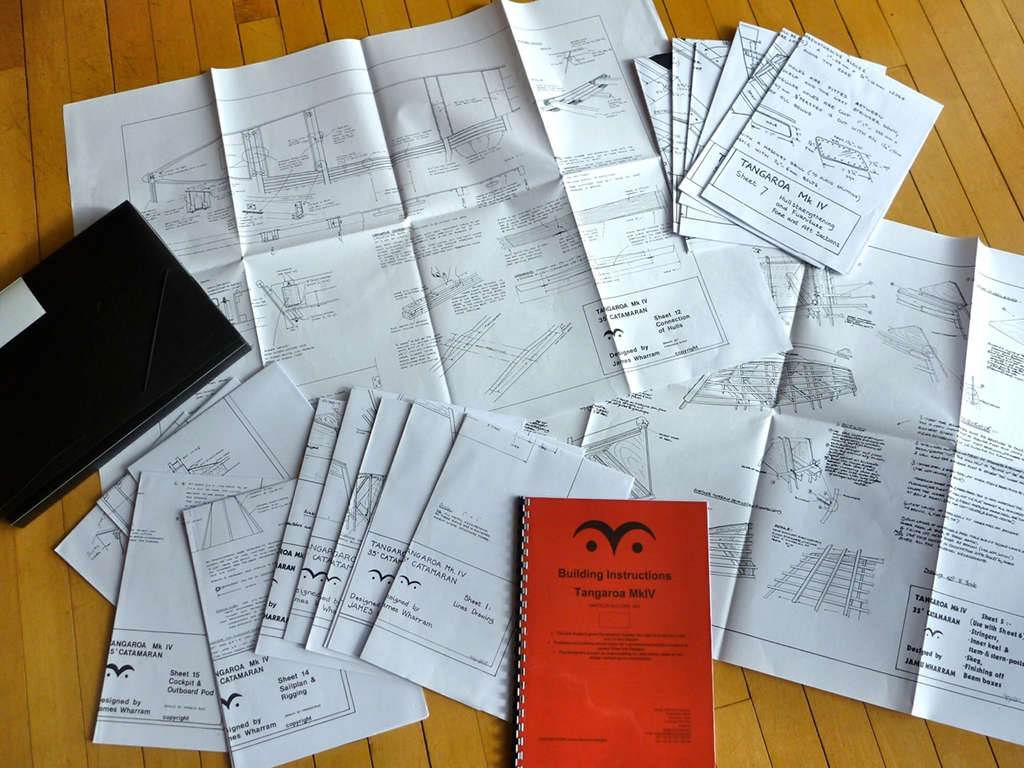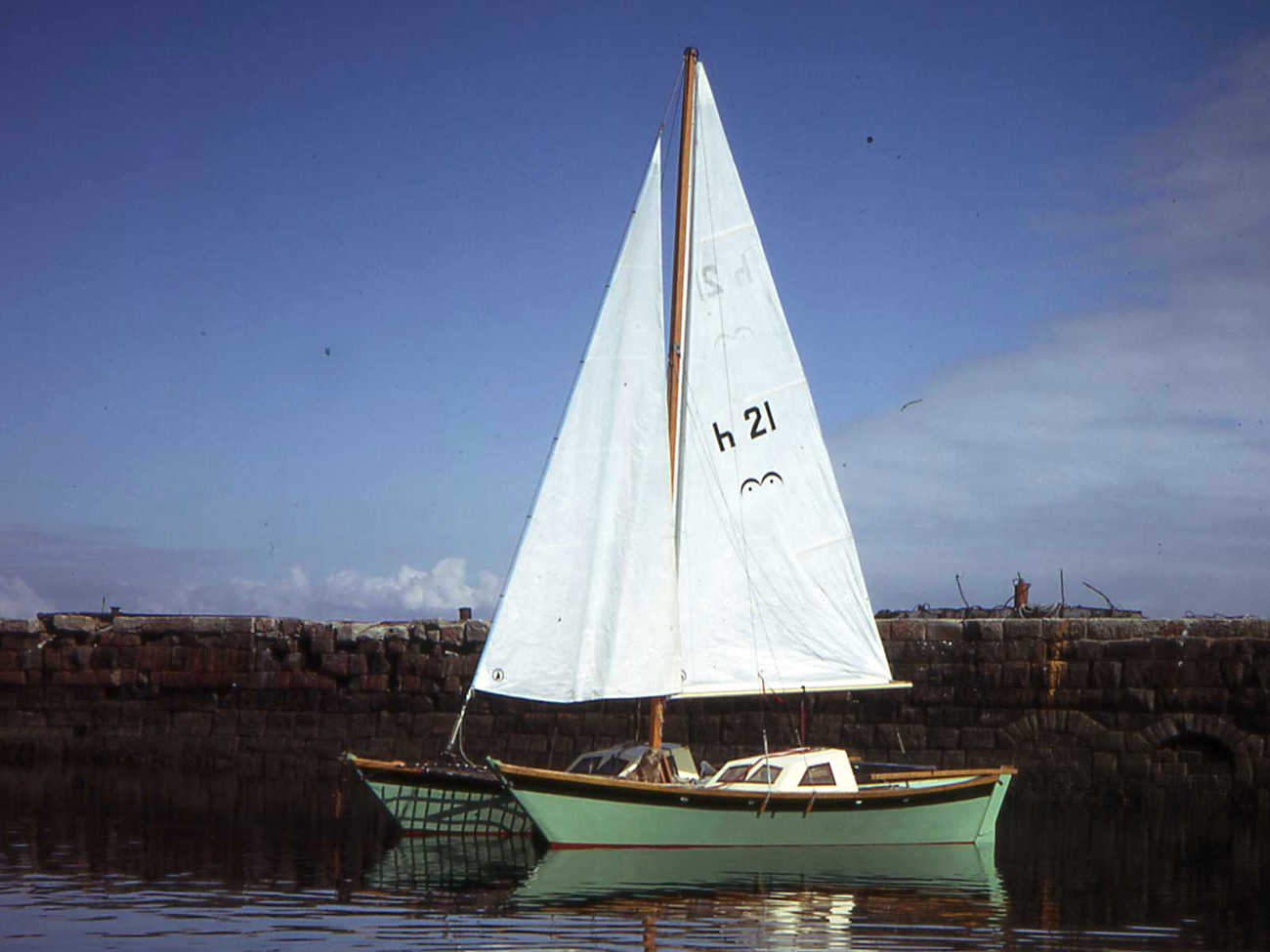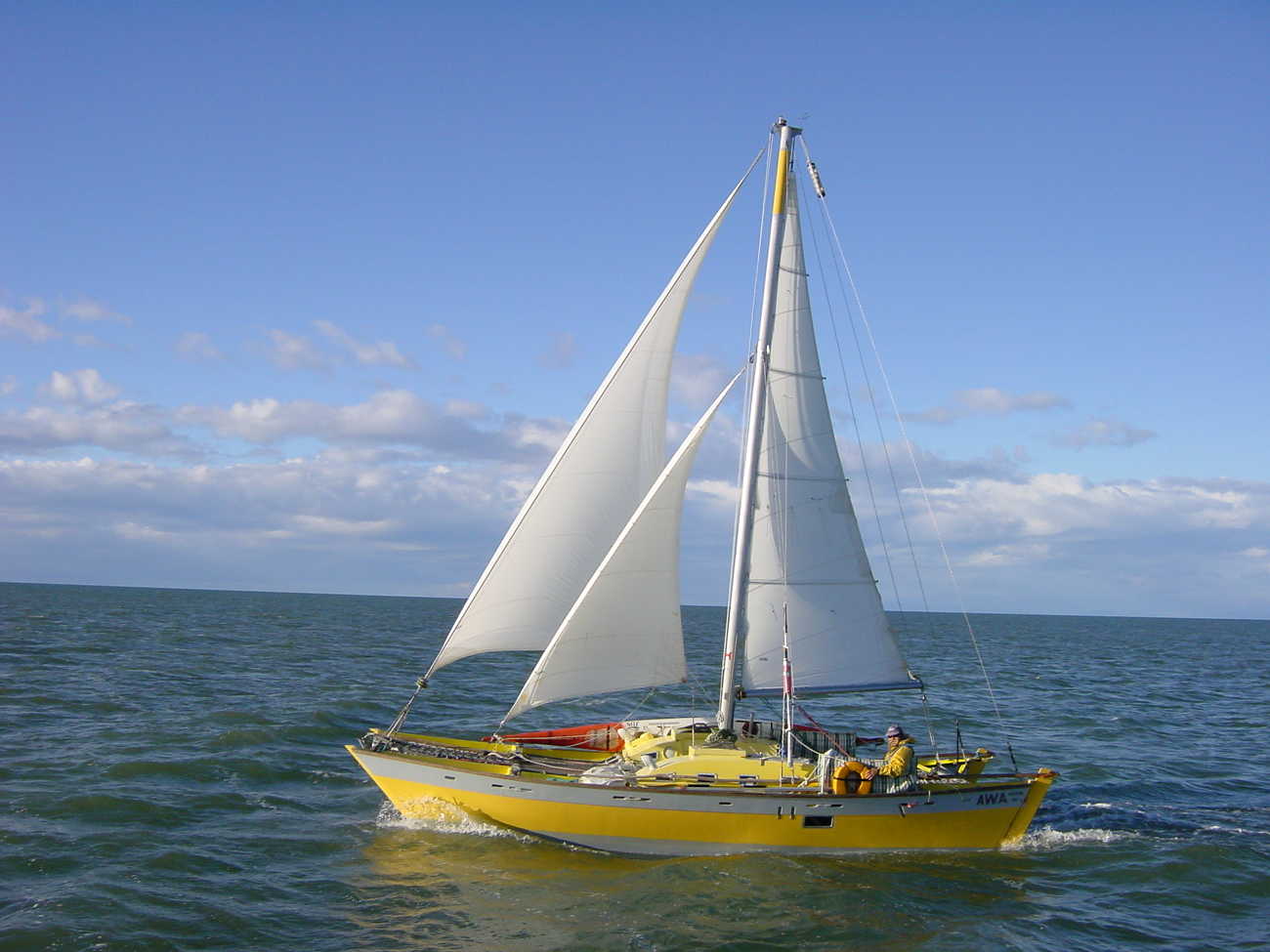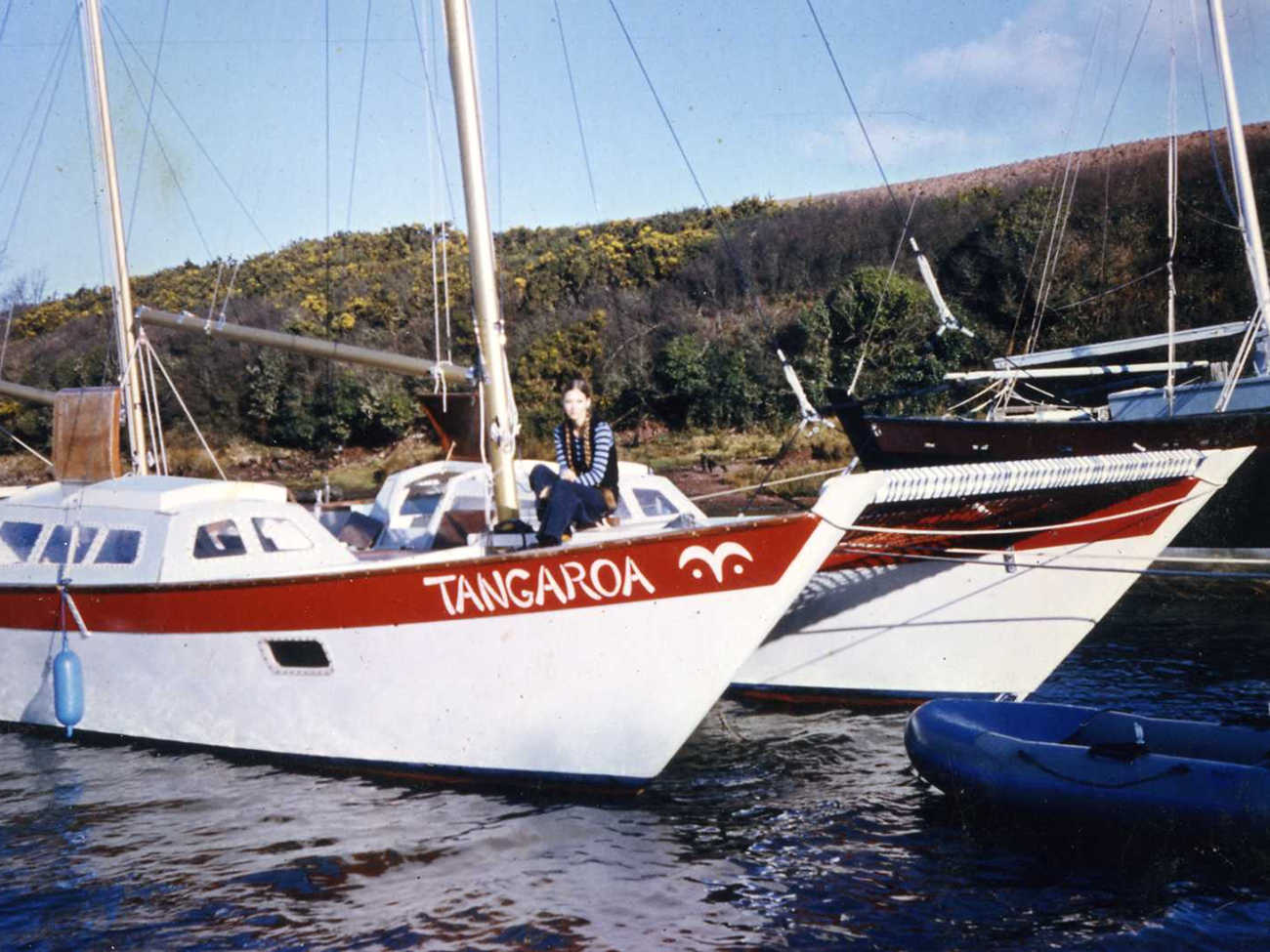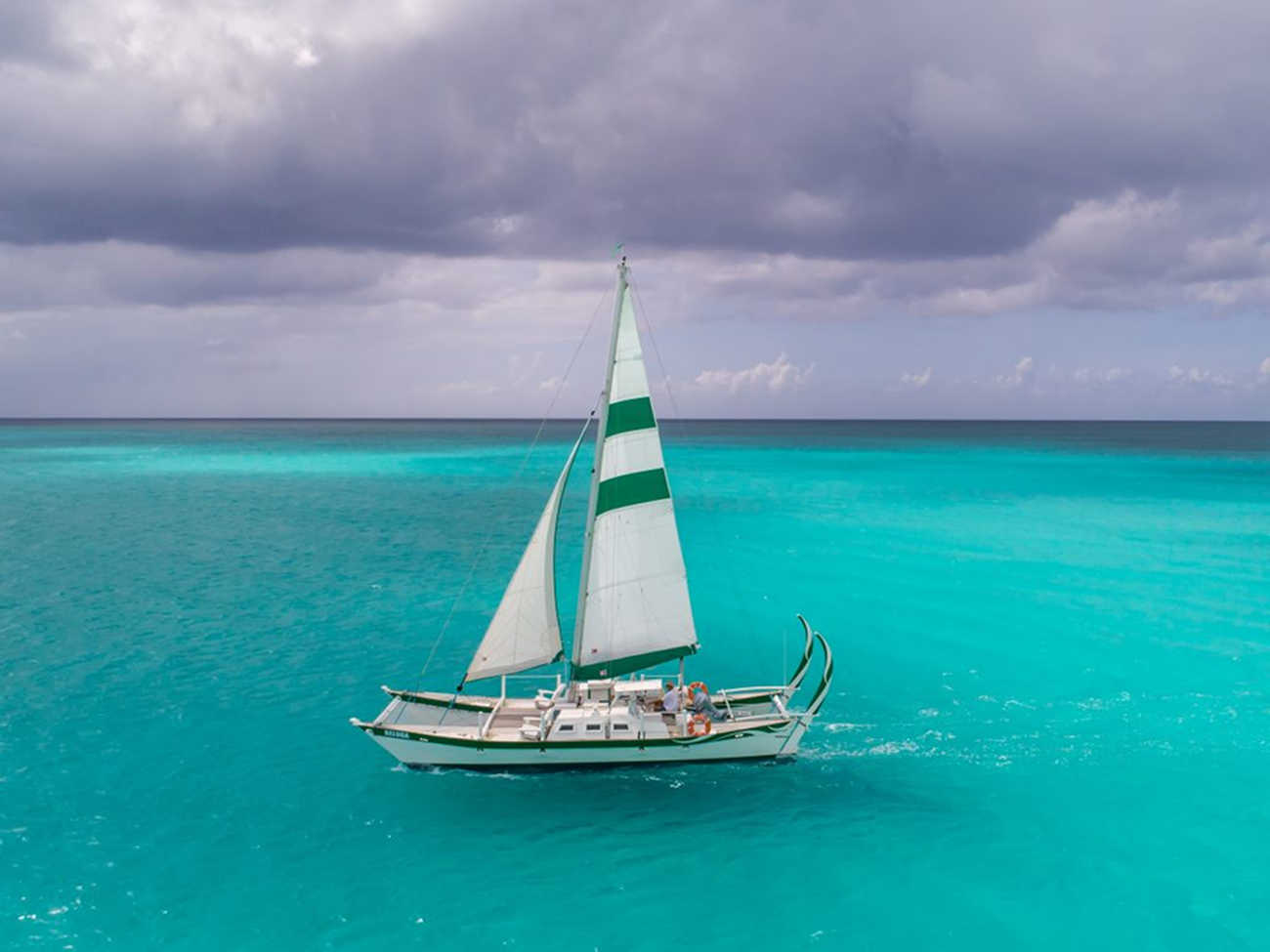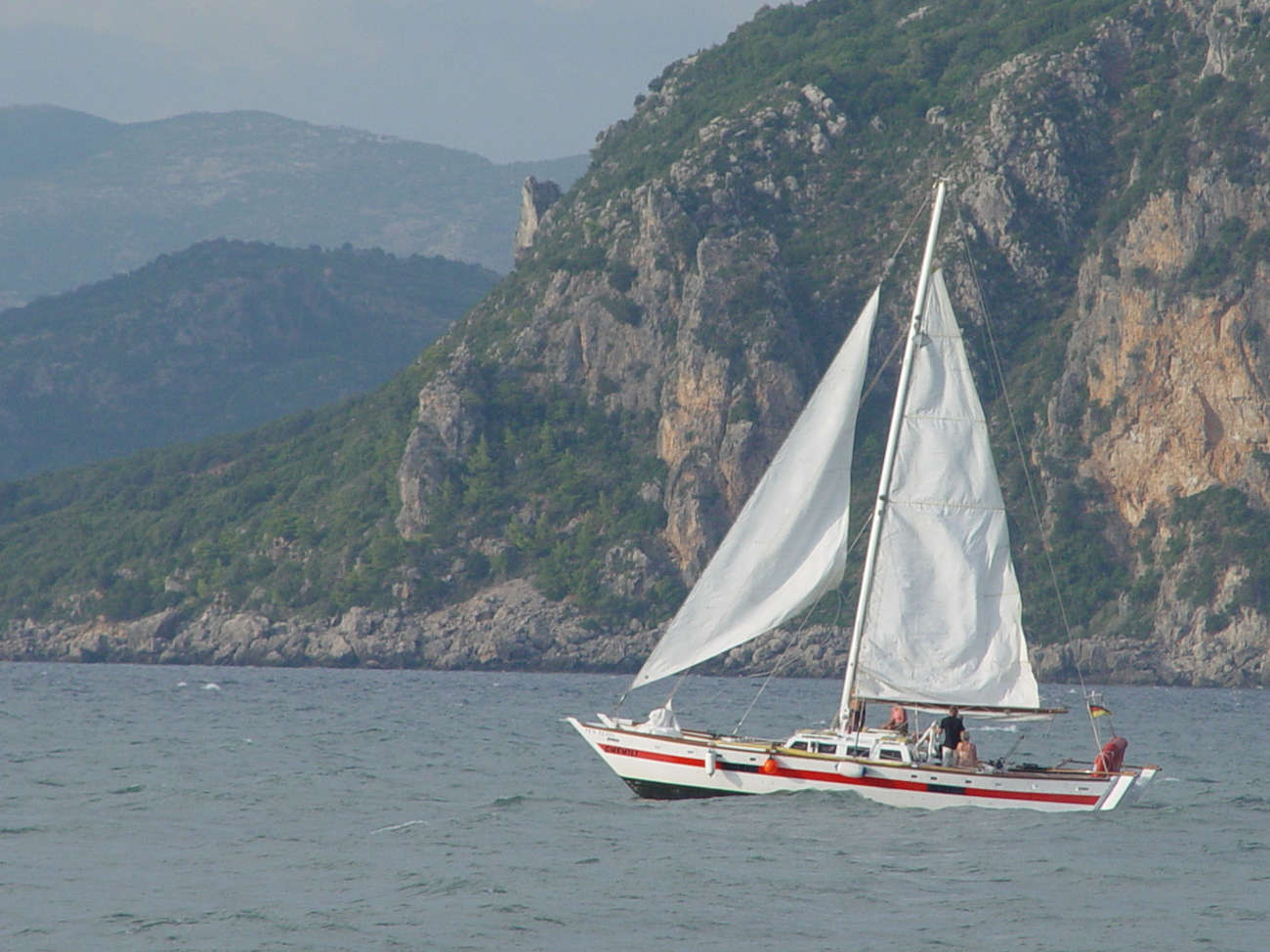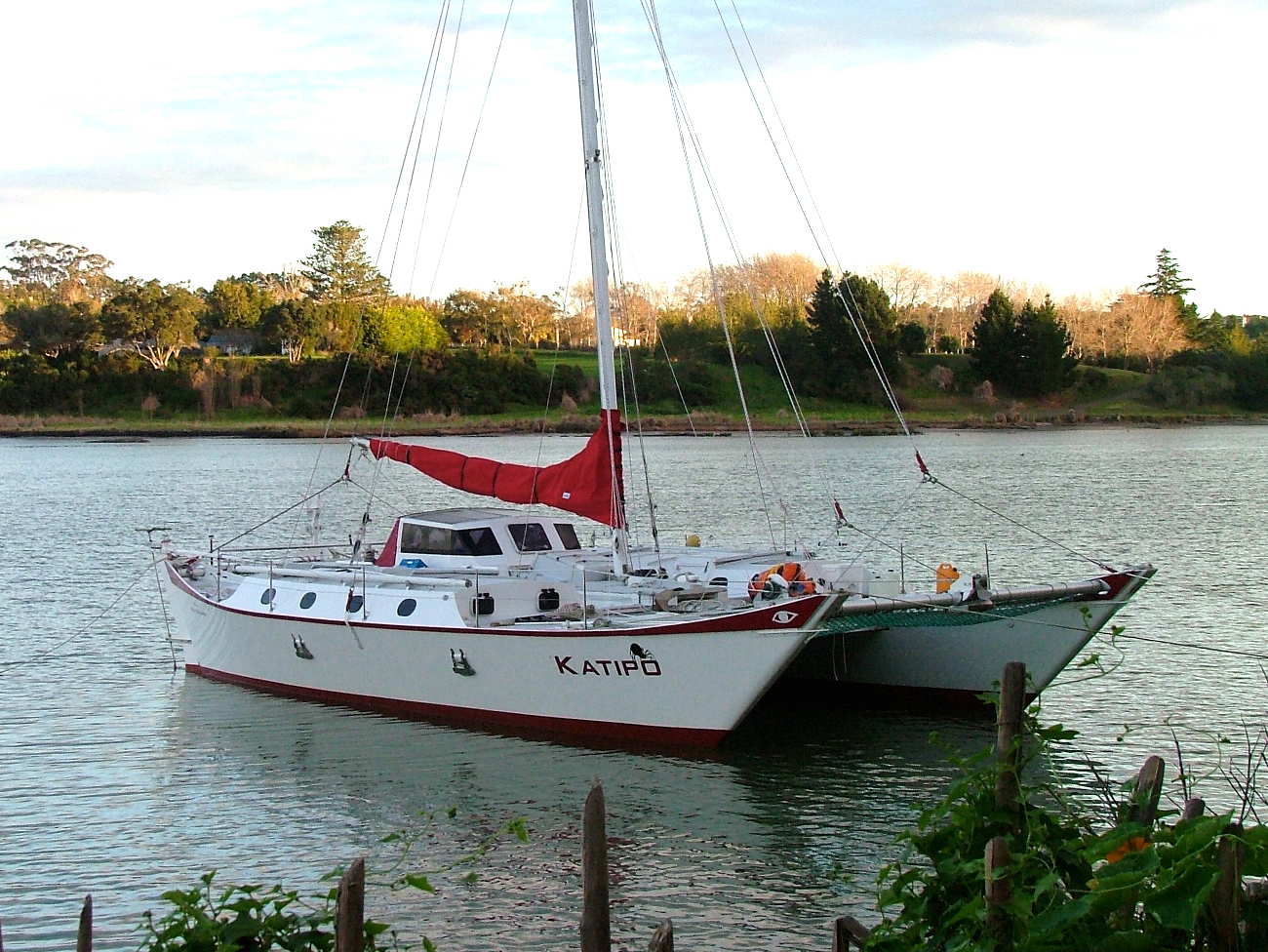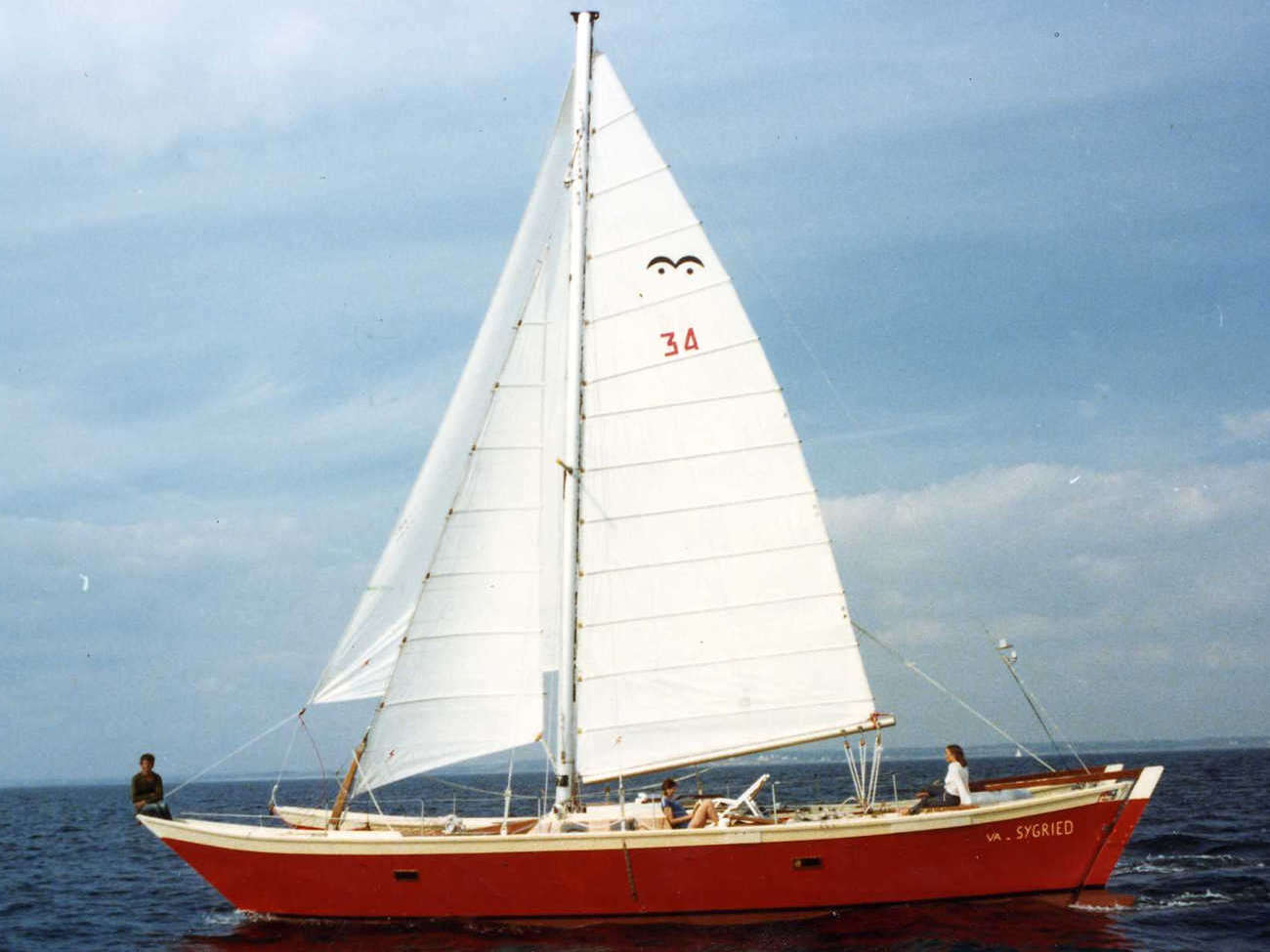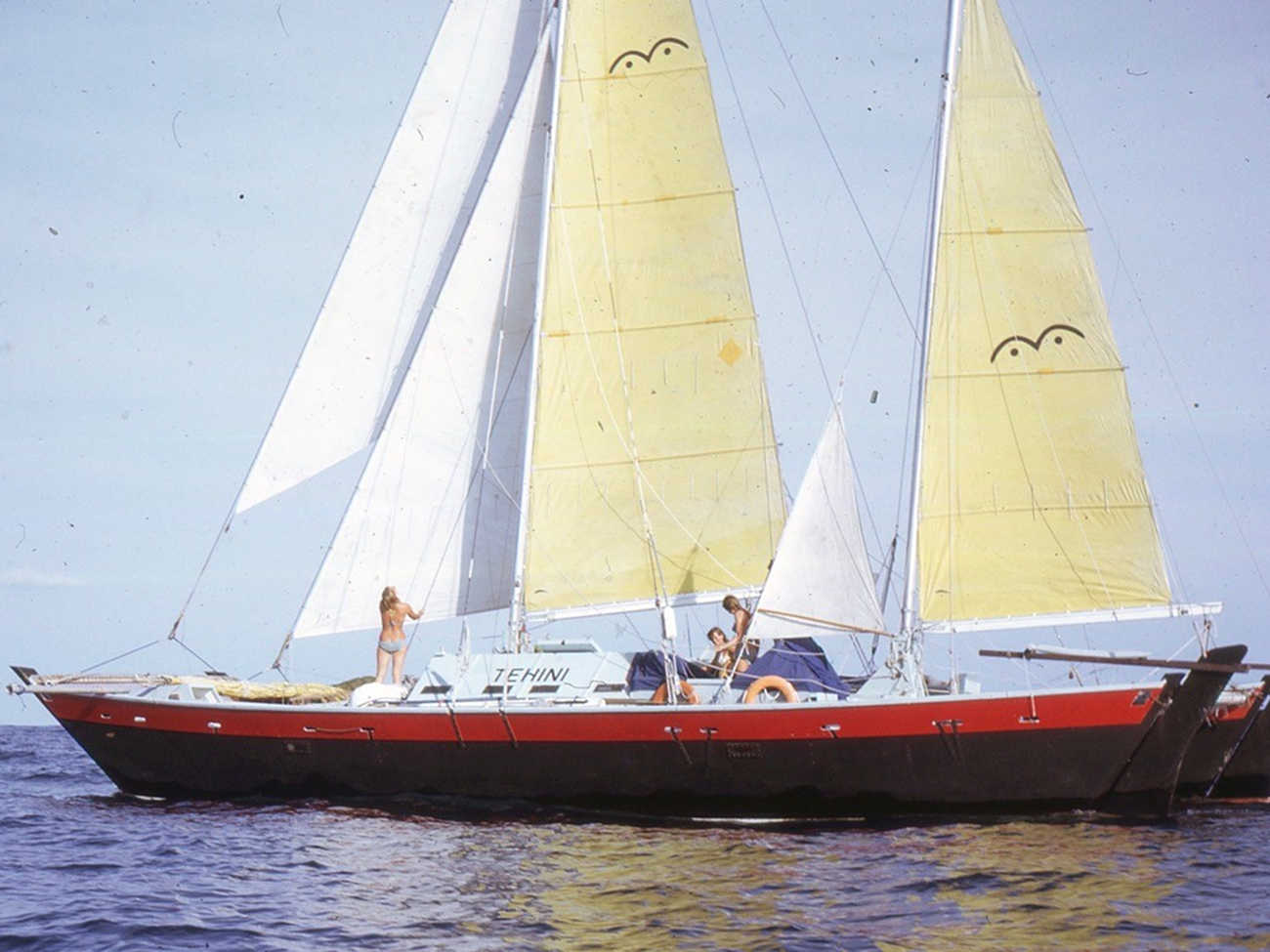Maui
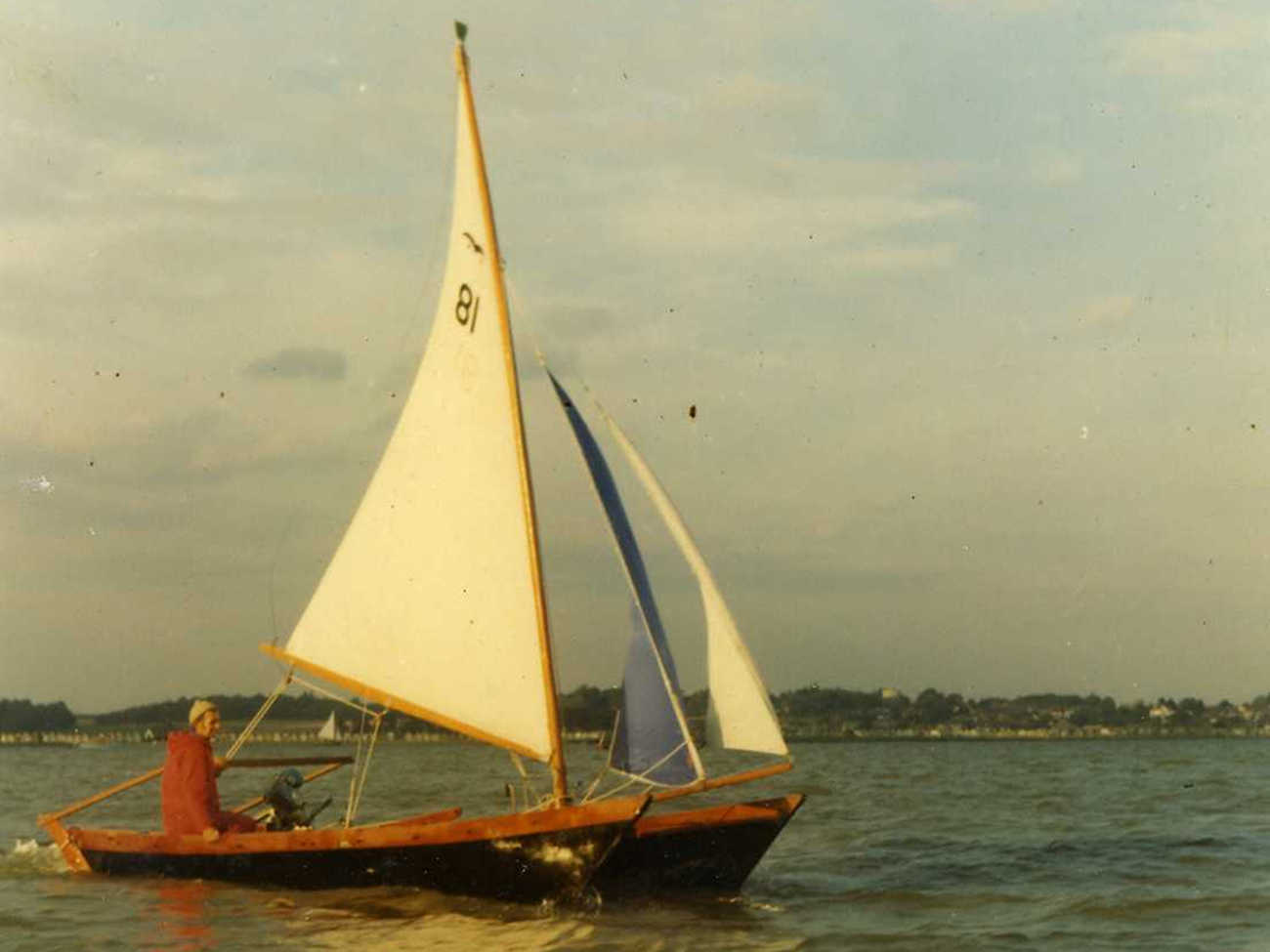
| Building Method: | Ply/Timber/Epoxy/Laminate | |
|---|---|---|
| Length Overall: | 16' 9" | 5.10 m |
| Beam overall: | 8' | 2.44 m |
| Waterline length: | 13' 7" | 4.15 m |
| Draft: | 11' | 0.23 m |
| Weight: | 400 lbs | 180 kg |
| Loading capacity: | 440 lbs | 200 kg |
| Sail area: | 100 sqft | 9.3 sqm |
| Building Time Estimate: | 200 hours | |
The Maui is the smallest Classic design, very sturdy in build using backbone and bulkheads, with solid timber keel, and hence heavier than the more modern stitch & glue Hitia 17.
Suitable as a small workboat, or when one wants to leave the boat on a rough mooring.

